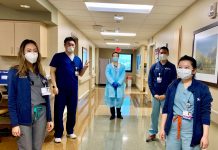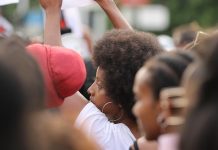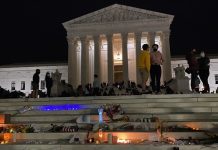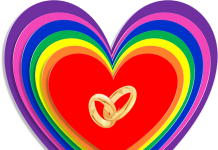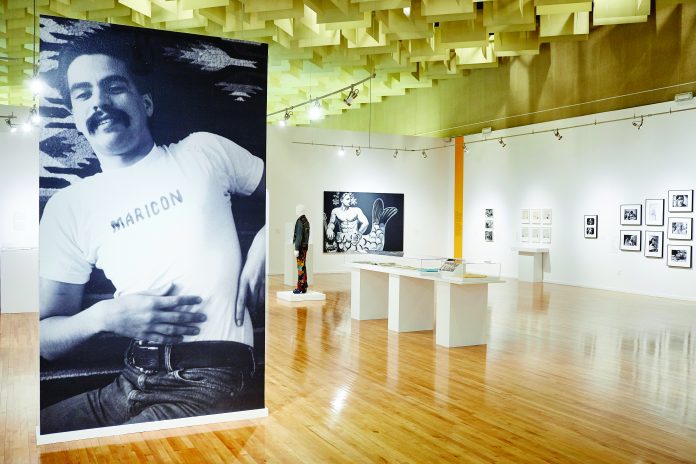
What: Axis Mundo: Queer Networks in Chicano L.A. Where: Marjorie Barrick Museum of Art at UNLV, 4505 S. Maryland Parkway. When: 9 a.m.-5 p.m., Monday, Tuesday, Wednesday and Friday; 9 a.m.-8 p.m. Thursday; and noon-5 p.m. Saturday, 702-895-3381. Runs through March 16. Admission: free, $5 donation suggested.
During the tumultuous decades of the Gay Liberation Movement, Chicanx artists and activists speaking to the politics of the times found themselves largely underrepresented (if not entirely excluded) by the white contemporary art world, particularly in their own city of Los Angeles. This, despite the calibre of their work.
In response, they thrived. They created alternative spaces through a vast network of artists. Their paintings, collages, performance art, creative protests, punk music and Melrose Avenue absurdist window displays spoke honestly and brilliantly to the times.
Most of the artists, though celebrated within their communities and networks, were largely unknown and their work was at risk of fading to history when a J. Paul Getty Foundation research grant set in motion a project to change all of that. The resulting exhibit, Axis Mundo: Queer Networks in Chicano L.A., brought together an astonishing breadth of works by more than 50 artists who were collaborating, exchanging and conversing with one another from the 1960s to the 1990s.
On tour, and currently on display through March 16 at the UNLV Barrick Museum of Art, the more than 400 works include a rich collection that is deeply personal, highly accessible, politically charged, confrontational and soberingly beautiful.
The contemporary paintings, fashion, mail art, videos, magazines, photography and audio works are astounding in both artistic depth and historical value. Its title, adapted from Axis Mundi, places influential Chicano artist Edmundo “Mundo” Meza (known for his confrontational performances, surreal window displays and paintings of gay Chicano culture) at the center, then stems in multiple directions.
Chicano politics, the Gay Liberation Movement and the intersectionality of being queer and not white in America resound in the works: Artist Joey Terrell’s “Homeboy Beautiful” magazine in the stylish format of elite L.A. lifestyle and fashion magazines, swaps in Chicano gang culture and homophobia as the content; Laura Aguilar, known for her intimate and powerful images of marginalized and often large women (and for photographs of herself nude and sculptural connecting with the Southwestern landscape) captures Latina lesbians of diverse, but similar backgrounds; and looping video of artist Ray Navarro dressed as Jesus Christ during ACT UP New York’s protest outside of St. Patrick’s Cathedral.
The exhibit was researched and curated by David Frantz, then curator at ONE National Gay & Lesbian Archives, and O. Ondine Chavoya, professor of art history and Latino studies at Williams College. Within it there is so much work, so much life, outrage, tenderness, pain, love and activism coming through in exquisite collages by Carlos Alamaraz, piercing audio work by “deep listening” composer Pauline Oliveros, sensual photography by Judy Miranda, a journal of “wanks” by Jerry Drava and postcards, performances, paintings and archival material from dozens of artists and performances.
Most impressive is this network itself. Operating through collaboration and exchange during the decades of Stone Wall, the Caesar Chavez protests, the Gay Liberation Movement, the Chicano Moratorium, rise of intersectional feminism and the AIDS crisis, the artists created a space for themselves when the rest of America wasn’t bothering to pay attention.





